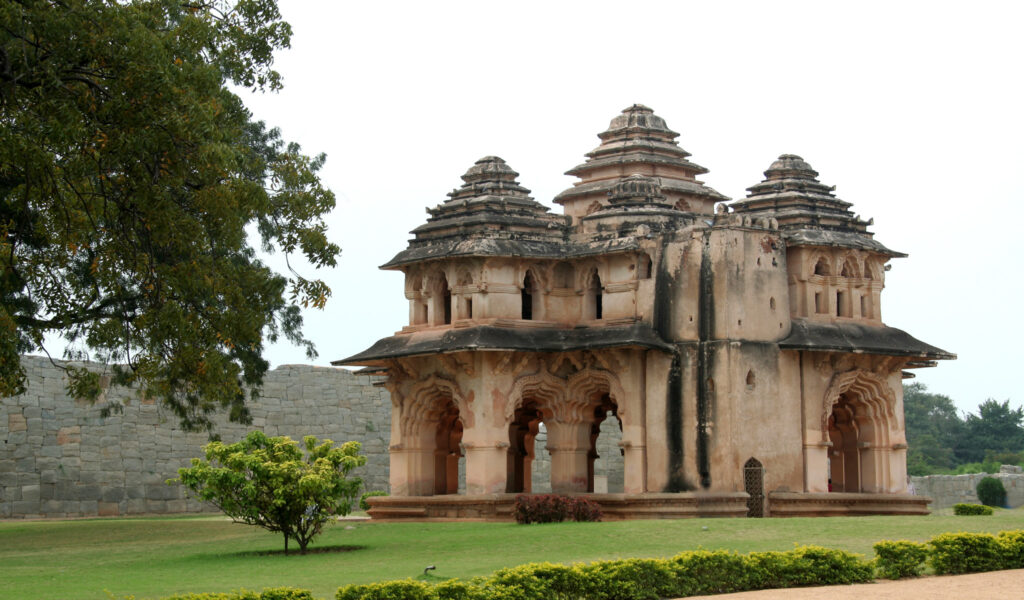
Explore History, Culture, and Spirituality—From Your Screen
India’s landscape is a living museum, where every stone tells a story and every monument reflects centuries of tradition, devotion, and artistic brilliance. Recognized globally, the UNESCO World Heritage Sites in India preserve this cultural richness and historical depth for the world to witness.
Thanks to virtual travel, you can now explore some of these iconic heritage sites—without ever leaving your home.
Let’s embark on a virtual journey through 5 UNESCO World Heritage Sites in India that showcase the soul of our civilization.
What Is a UNESCO World Heritage Site?
A UNESCO World Heritage Site is a place recognized by the United Nations Educational, Scientific and Cultural Organization (UNESCO) for its cultural, historical, scientific, or natural importance to the common heritage of humanity. These sites are protected internationally for future generations due to their outstanding value.
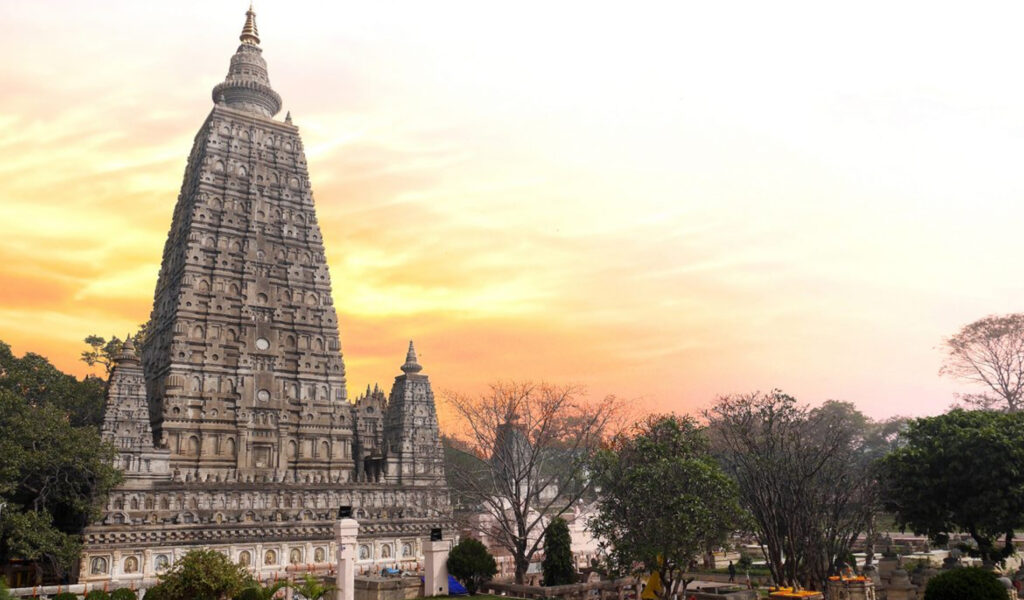
How Many UNESCO World Heritage Sites Are There in India?
As of 2024, India is home to 42 UNESCO World Heritage Sites, making it one of the most culturally and naturally diverse countries in the world. These sites are globally recognized for their outstanding universal value to humanity and are protected under international conventions to preserve their legacy for future generations.
Breakdown of India’s UNESCO Sites:
- 34 Cultural Sites
These include ancient temples, forts, historic cities, pilgrimage sites, architectural wonders, and educational institutions. Examples include the Taj Mahal, Ajanta Caves, Sun Temple at Konark, Nalanda University, and Sacred Ensembles of the Hoysala. - 7 Natural Sites
These are protected ecological areas rich in biodiversity and scenic beauty. They include Kaziranga National Park, Sundarbans National Park, Western Ghats, and Nanda Devi & Valley of Flowers National Parks. - 1 Mixed Site
The Khangchendzonga National Park in Sikkim is the only site in India classified as a Mixed Heritage Site, combining both cultural significance (due to its sacred status in local beliefs) and natural wonders (with rich alpine biodiversity).
India’s Global Rank
With 42 sites, India ranks 6th in the world in terms of the total number of UNESCO World Heritage Sites, after countries like Italy, China, and Germany. This global recognition highlights India’s unique contribution to world history, culture, spirituality, and ecology.
India’s growing list of UNESCO sites reflects ongoing efforts in heritage conservation, historical research, and cultural preservation by both government and private institutions.
List of UNESCO World Heritage Sites in India (Updated 2025)
- Total: 42 Sites
- Cultural Sites – 34
- Natural Sites – 7
- Mixed Site – 1
Cultural Sites (34)
- Ajanta Caves (Maharashtra)
- Ellora Caves (Maharashtra)
- Agra Fort (Uttar Pradesh)
- Taj Mahal (Uttar Pradesh)
- Sun Temple, Konark (Odisha)
- Group of Monuments at Mahabalipuram (Tamil Nadu)
- Churches and Convents of Goa (Goa)
- Fatehpur Sikri (Uttar Pradesh)
- Group of Monuments at Hampi (Karnataka)
- Khajuraho Group of Monuments (Madhya Pradesh)
- Elephanta Caves (Maharashtra)
- Great Living Chola Temples (Tamil Nadu)
- Group of Monuments at Pattadakal (Karnataka)
- Buddhist Monuments at Sanchi (Madhya Pradesh)
- Humayun’s Tomb, Delhi (Delhi)
- Qutub Minar and its Monuments (Delhi)
- Mountain Railways of India (Darjeeling, Nilgiri, Kalka–Shimla)
- Mahabodhi Temple Complex at Bodh Gaya (Bihar)
- Rock Shelters of Bhimbetka (Madhya Pradesh)
- Champaner-Pavagadh Archaeological Park (Gujarat)
- Red Fort Complex (Delhi)
- The Jantar Mantar, Jaipur (Rajasthan)
- Hill Forts of Rajasthan (Rajasthan)
- Rani-ki-Vav (the Queen’s Stepwell) at Patan (Gujarat)
- Great Himalayan National Park (Himachal Pradesh – also listed as natural)
- Archaeological Site of Nalanda Mahavihara (Bihar)
- Capitol Complex, Chandigarh (Le Corbusier’s work)
- Historic City of Ahmedabad (Gujarat)
- The Victorian Gothic and Art Deco Ensemble of Mumbai (Maharashtra)
- Jaipur City, Rajasthan
- Kakatiya Rudreshwara (Ramappa) Temple, Telangana
- Dholavira: A Harappan City (Gujarat)
- Santiniketan, West Bengal (added 2023)
- Sacred Ensembles of the Hoysala Temples, Karnataka (added 2023)
Natural Sites (7)
- Kaziranga National Park (Assam)
- Keoladeo National Park (Rajasthan)
- Manas Wildlife Sanctuary (Assam)
- Nanda Devi and Valley of Flowers National Parks (Uttarakhand)
- Sundarbans National Park (West Bengal)
- Western Ghats (Maharashtra, Goa, Karnataka, Kerala, Tamil Nadu)
- Great Himalayan National Park (Himachal Pradesh)
Mixed Site (1)
- Khangchendzonga National Park (Sikkim)
— Recognized for both its natural beauty and cultural/religious significance to the Sikkimese people.
Now, Let’s Begin Our Virtual Journey!
Here are 5 iconic Indian UNESCO sites you can explore virtually, each with deep history, stunning visuals, and cultural richness:
1. Group of Monuments at Hampi (Inscribed in 1986)
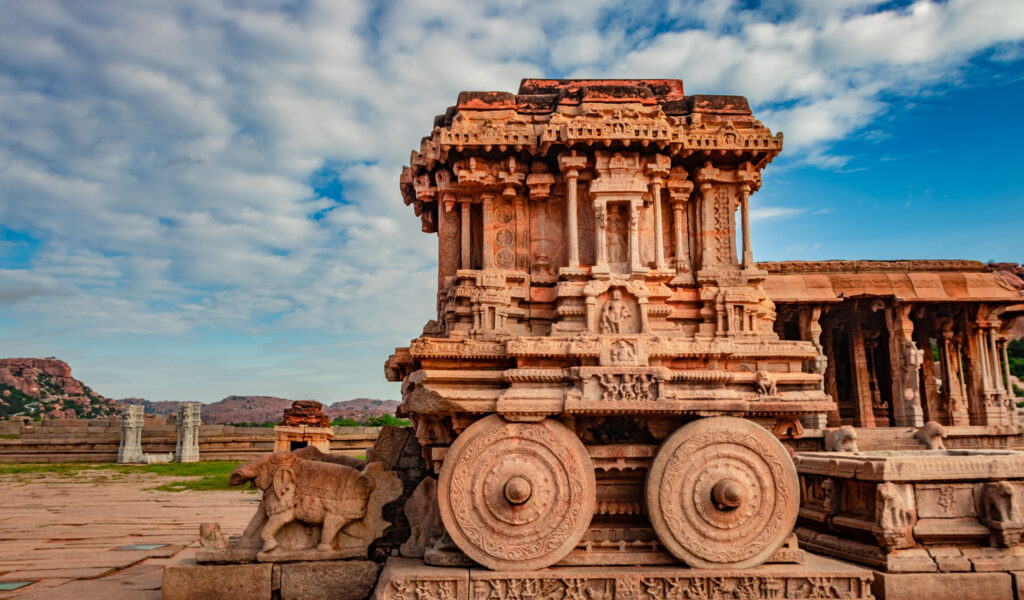
Location: Karnataka
Theme: Ancient Capital of Vijayanagara Empire
Once the seat of the mighty Vijayanagara Empire, Hampi is a sprawling ruin of temples, palaces, markets, and boulders scattered across a surreal landscape. It was one of the richest and largest cities in the world during the 14th–16th centuries.
What to explore virtually:
- Virupaksha Temple: A living temple that predates the Vijayanagara Empire.
- Vittala Temple & Stone Chariot: Known for its musical pillars and iconic chariot carved from granite.
- Hazara Rama Temple: With detailed bas-reliefs narrating scenes from the Ramayana.
- Matanga Hill View: A panoramic virtual view gives you a real sense of the scale and layout of ancient Hampi.
Perfect for students of architecture, history, and mythology.
2. Group of Monuments at Pattadakal (Inscribed in 1987)

Location: Karnataka
Theme: Architectural Fusion of North & South India
Pattadakal served as the royal coronation site of the Chalukyas and is renowned for its harmonious blend of Dravidian (South Indian) and Nagara (North Indian) architectural styles.
Virtual Highlights:
- Virupaksha Temple (not to be confused with Hampi’s): Commissioned by Queen Lokamahadevi in the 8th century.
- Mallikarjuna Temple: Built by another Chalukya queen, showcasing intricate carvings.
- Papanatha Temple: The only temple in Pattadakal that uses a mixture of both architectural styles in one structure.
A must-visit (virtually or physically) for design enthusiasts and students of Indian temple architecture.
3. Mahabodhi Temple Complex at Bodh Gaya (Inscribed in 2002)
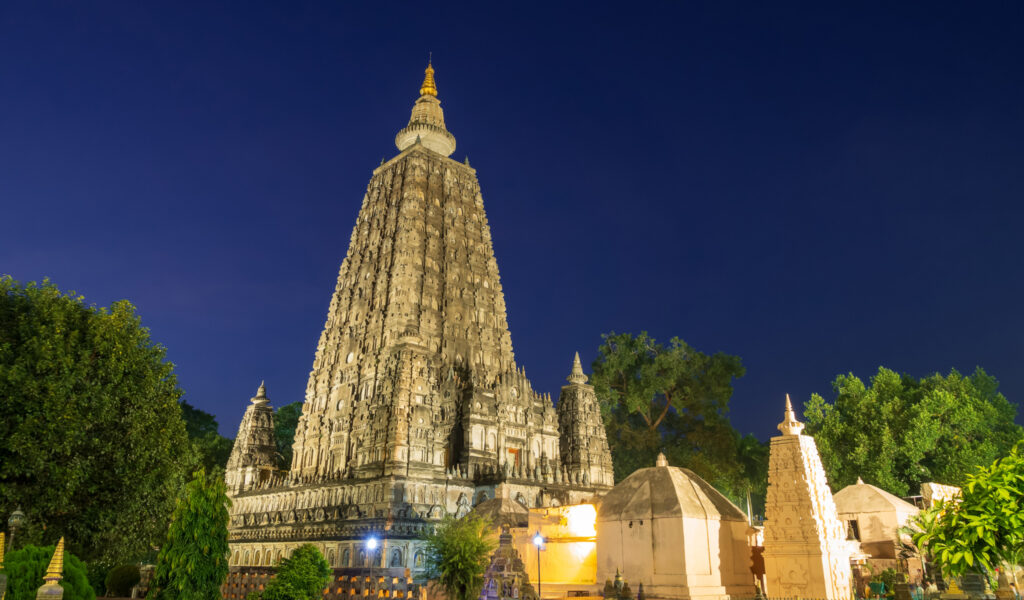
Location: Bihar
Theme: The Birthplace of Buddhism
The Mahabodhi Temple marks the spot where Siddhartha Gautama attained enlightenment under the Bodhi Tree and became the Buddha, making it one of the most sacred pilgrimage sites for Buddhists worldwide.
Virtual Features to Explore:
- Mahabodhi Temple Tower: Soaring 55 meters high, built in classic Indian brick architecture.
- The Bodhi Tree: A descendant of the original tree under which Buddha meditated.
- Sacred Lotus Pond & Meditation Pathways: Walk the path virtually taken by monks and devotees over centuries.
Perfect for spiritual learners, seekers, and those studying world religions.
4. Archaeological Site of Nalanda Mahavihara (Inscribed in 2016)
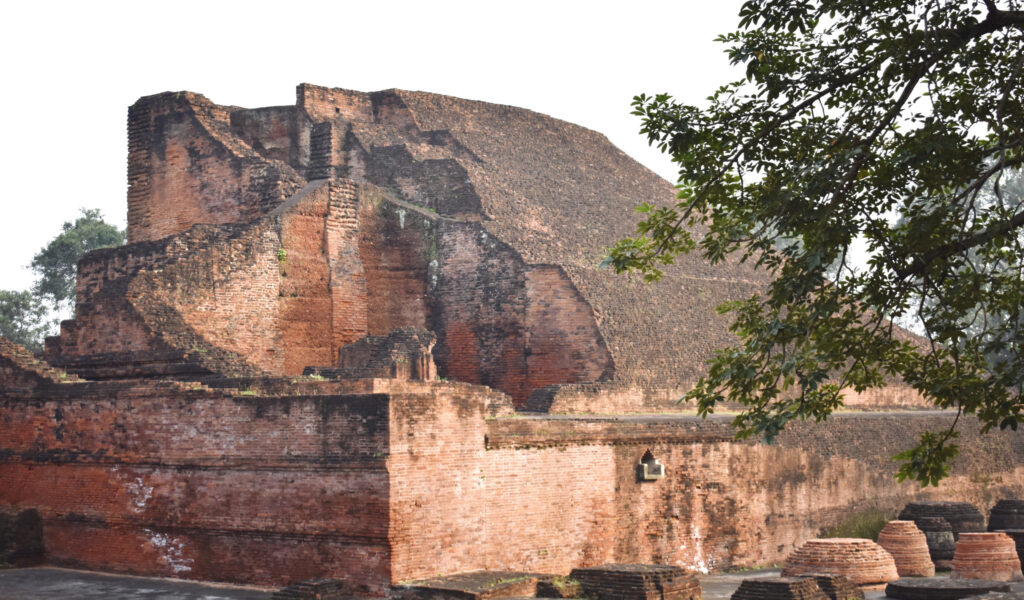
Location: Bihar
Theme: Ancient Seat of Learning
Nalanda was a world-renowned ancient university that flourished from the 5th to the 12th century. At its peak, it attracted students and scholars from China, Tibet, Korea, and Central Asia.
Virtual Points of Interest:
- Red-brick monasteries and temples: Symmetrical and structured for advanced learning and meditation.
- Virtual museum tour: Artifacts include manuscripts, seals, and sculptures.
- Interactive timeline: Follow Nalanda’s rise, destruction, and rediscovery.
A brilliant stop for learners curious about ancient education systems and global cultural exchanges.
5. Sacred Ensembles of the Hoysalas, Karnataka (Inscribed in 2023)
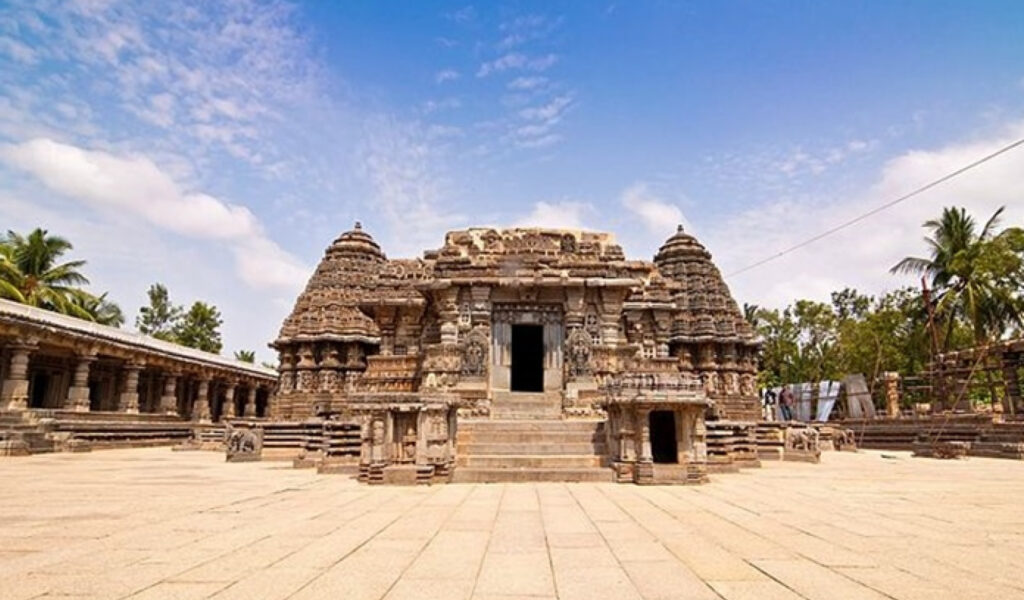
Location: Belur, Halebid, and Somnathpura (Karnataka)
Theme: Divine Art in Stone
This newest entry into the UNESCO list is a tribute to Hoysala architecture—a style known for its intricate ornamentation, star-shaped platforms, and elaborate sculptures.
Top Virtual Stops:
- Chennakeshava Temple (Belur): Known for its dancers carved in stone and mythological friezes.
- Hoysaleswara Temple (Halebid): 240 wall panels, each telling a different story from Indian epics.
- Keshava Temple (Somanathapura): A symmetrical gem built on a star-shaped base.
Ideal for virtual learners studying sculpture, storytelling, and Hindu temple symbolism.
Why Take a Virtual Journey?
In an age where technology brings the world closer, virtual journeys offer a powerful way to explore India’s rich cultural and historical heritage—right from your screen. Whether you’re a student, traveler, teacher, or lifelong learner, here’s why exploring UNESCO World Heritage Sites virtually is an experience worth taking:
1. Perfect for Students Learning About Indian History, Culture, and Architecture
Virtual tours provide immersive, visual learning that textbooks alone can’t match. Students can:
- Walk through ancient cities like Hampi or Nalanda.
- Examine carvings, temple layouts, and architectural styles in detail.
- Connect classroom lessons with real-world heritage.
2. Great for Travelers Planning Future Visits
Thinking of exploring India’s heritage in person? A virtual tour is the perfect start.
- Preview your destination and understand its layout and significance.
- Prioritize what to see and do before your trip.
- Travel more meaningfully with cultural and historical context already in hand.
- Discover lesser-known UNESCO sites you might have otherwise missed.
3. Engaging for Educators Who Want Visual Aids in Classrooms
For teachers, heritage-based virtual content is a goldmine:
- Use visual walkthroughs of temples, forts, and ancient universities to make lessons come alive.
- Supplement history, civics, and art lessons with real-world examples.
- Encourage critical thinking by letting students compare sites and cultures.
- Ideal for remote and hybrid learning environments.
4. Accessible for All, From Anywhere in the World
Not everyone can physically travel to remote temples or ancient ruins—but everyone can access them virtually.
- All you need is an internet connection.
- Ideal for people with mobility challenges or travel limitations.
- A cost-effective way to explore the world’s heritage.
- Makes Indian culture and history globally accessible—to NRIs, international students, and global tourists.
Conclusion: Let the Journey Begin
India’s UNESCO World Heritage Sites are more than just monuments—they are living stories of our civilization, spirituality, and creativity. Through virtual tours, you have the unique opportunity to walk through centuries of history, art, and culture—without needing a passport.
Whether you’re a curious student, an inspired educator, or a cultural traveler planning your next adventure, these immersive experiences offer a meaningful way to connect with India’s incredible past.
Start your journey today at learning.travelbaits.in
Explore India. Learn its stories. Experience its soul.

